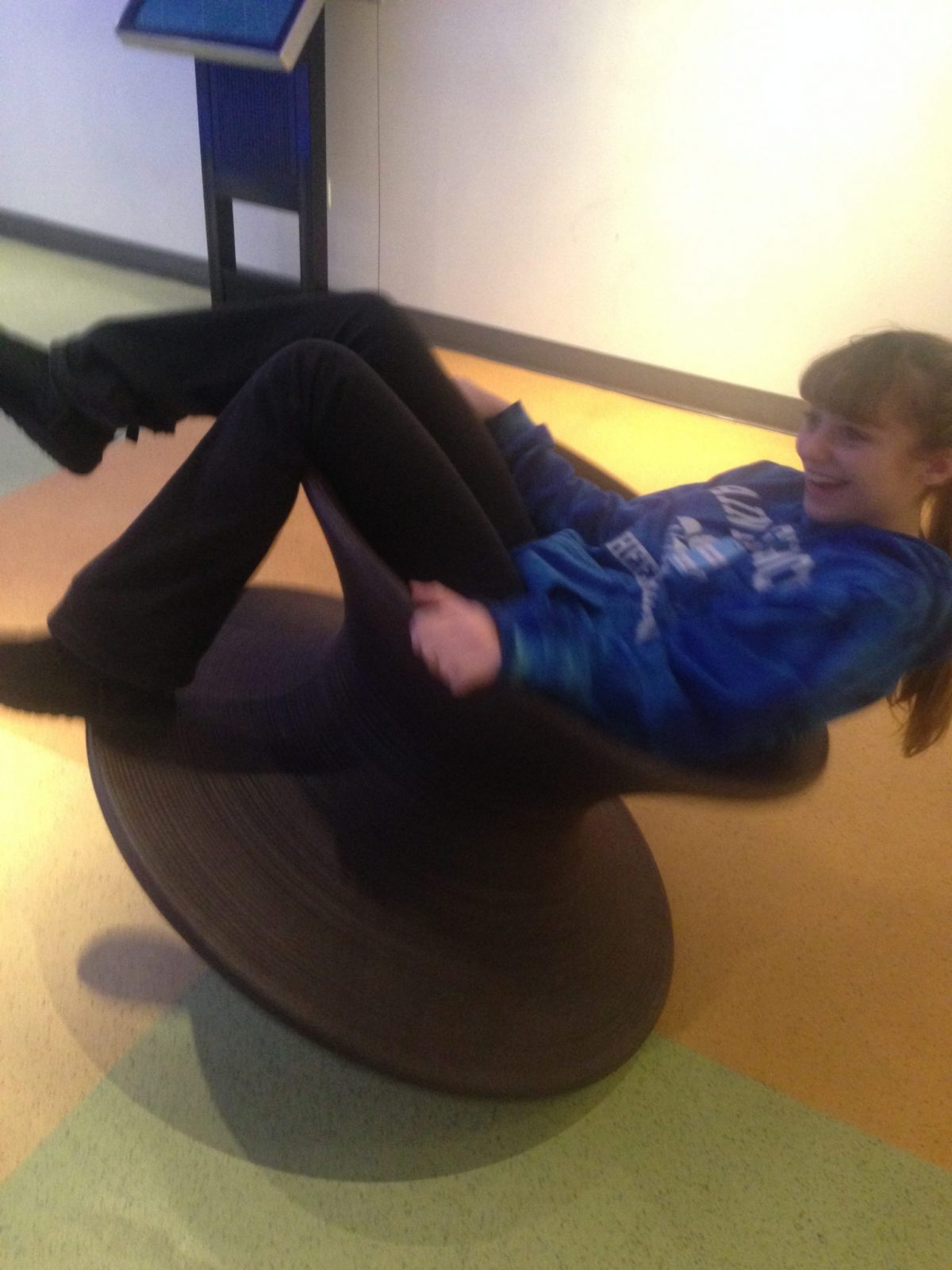Last Week, I attended the workshop called Small Talk: It’s a Big Deal. I started getting interested in this particular workshop when I saw it as an option because sometimes making small talk is not one of my best features. At the workshop itself, the presenter began by introducing herself to everyone there individually. She introduced herself as Ellen Stein and shook each person’s hand. Then she talked about a few tips out of 50 to help with making small talk with people. Some of these tips include being the first to say hello, and to avoid certain topics with people that you are not very familiar with/ After, she asked if we would be comfortable having a conversation people we do not know in a room full of strangers. If we were comfortable with that, she wanted to know how much. At first I thought I would not be very comfortable at all talking to someone that I am unfamiliar with. However, towards the end of her presentation, I felt more confident in myself with making small talk with a stranger. During her presentation, we did exercises in small talk to help practice our skills. We asked other people in the room about their basic information to get to know them a little bit more. This was not very hard because the topics that we talked about were given to us. We were told what to say so we did not struggle in trying to think of something to talk about with the other person. So whenever we are talking someone new, there should be a few topics already in mind to discuss with them. Some of these topics include discussions about the weather or good foods. So making small is not hard because there is fear of meeting someone new. Making small can be hard when there is nothing to talk about. But now, I’ll have a few topics already in mind to talk about with someone new.













